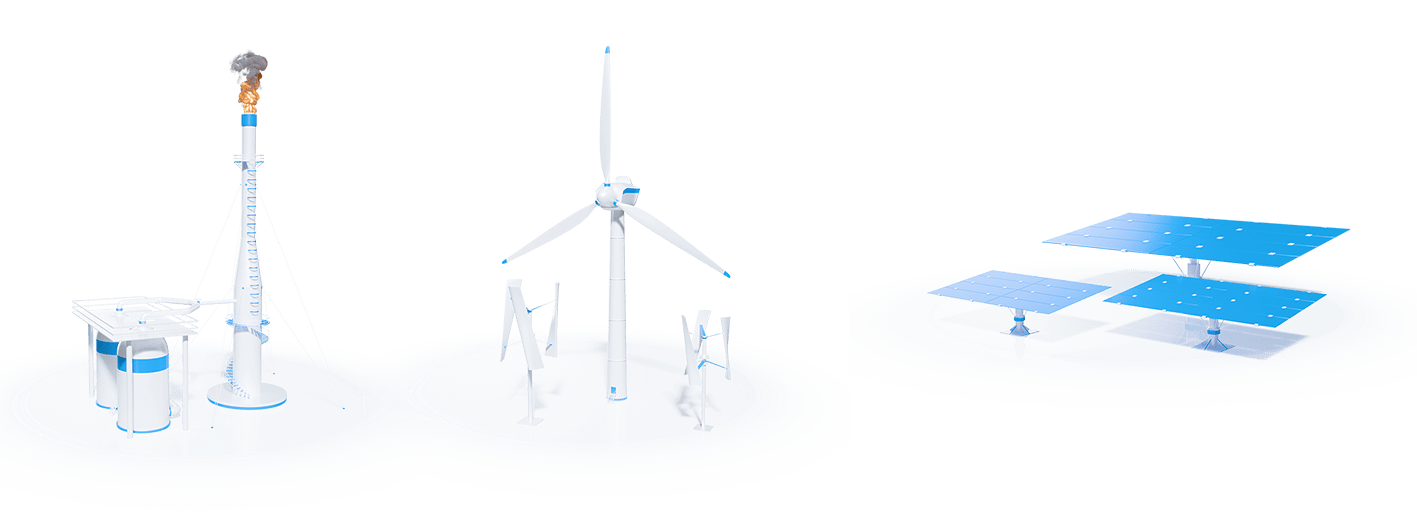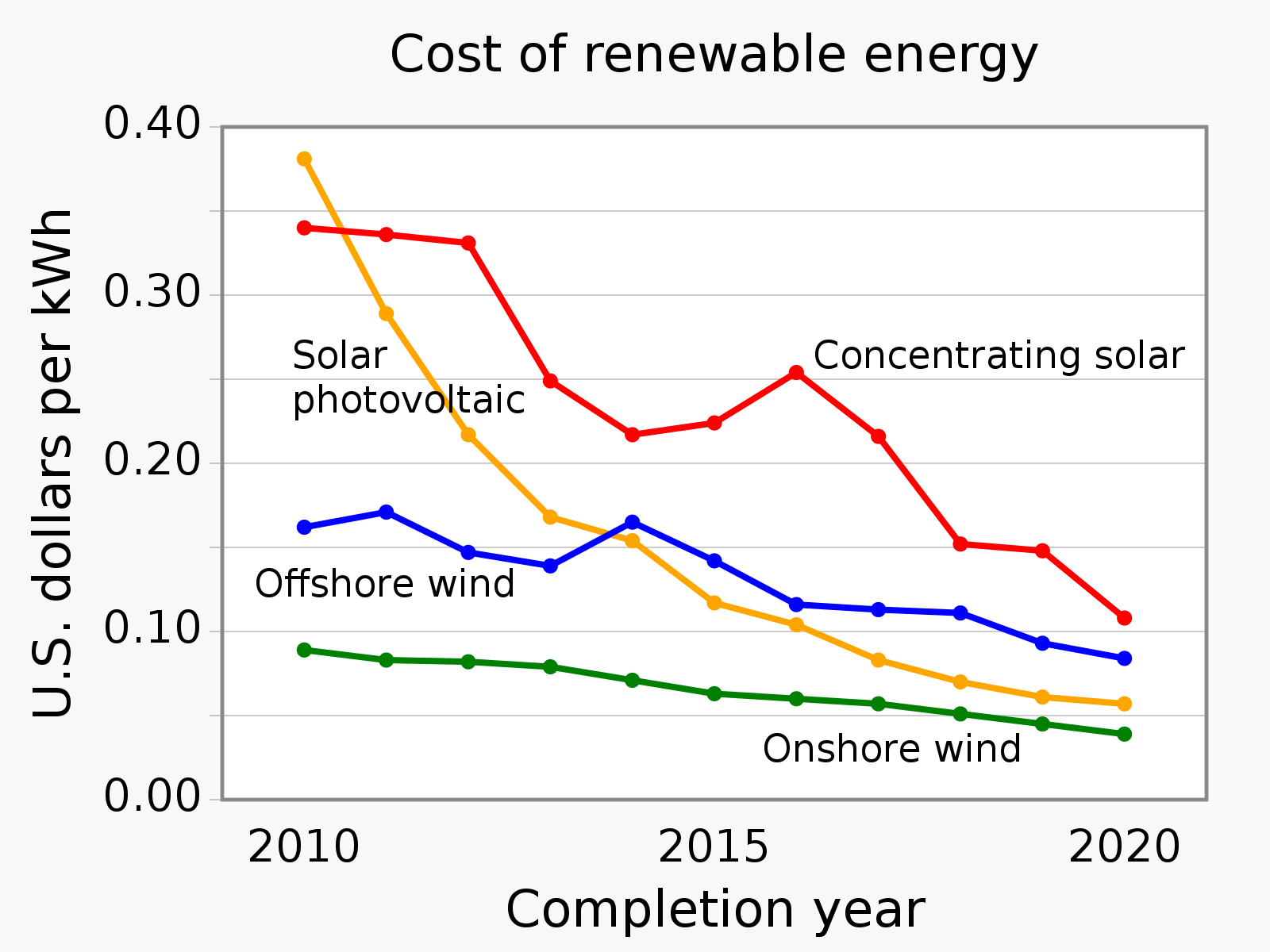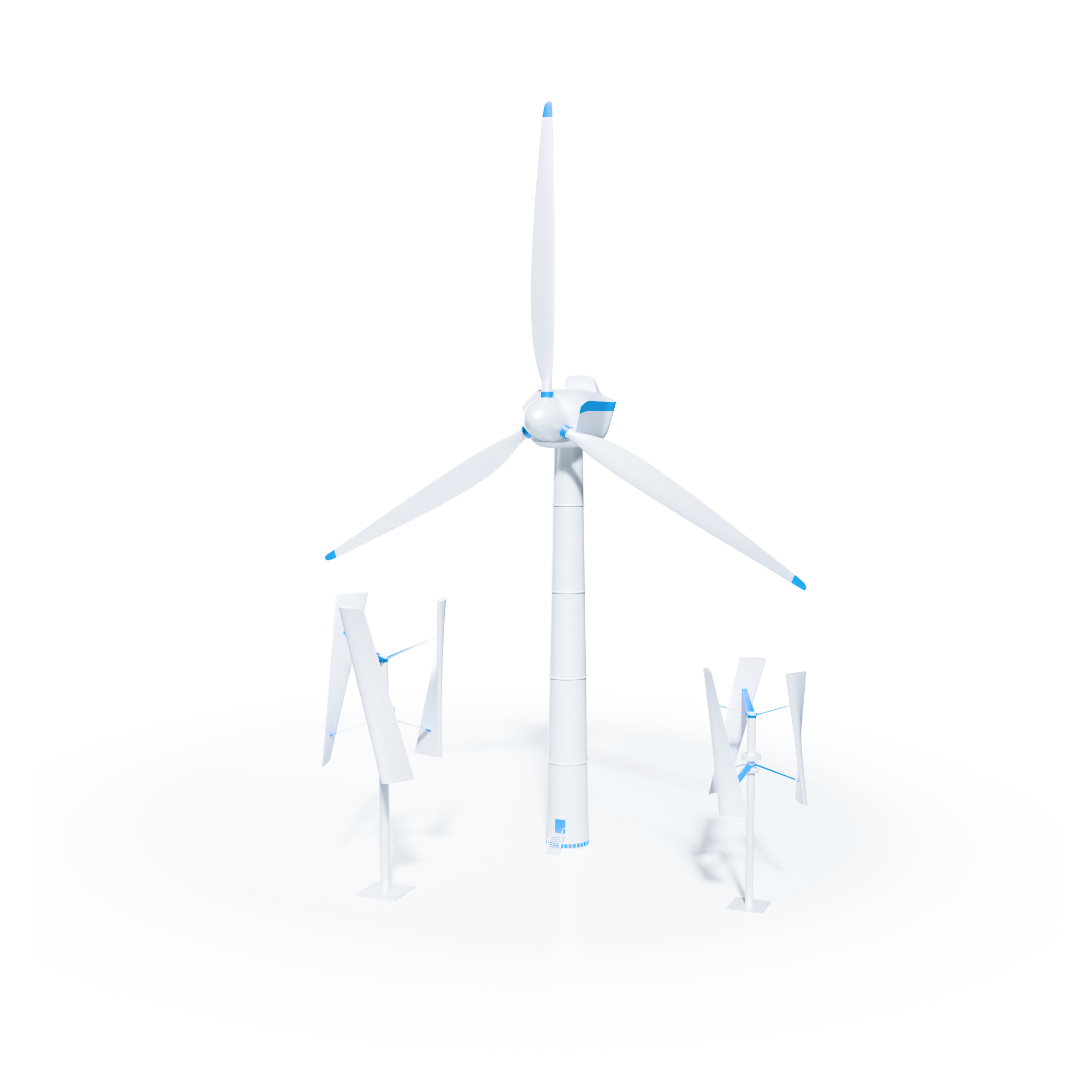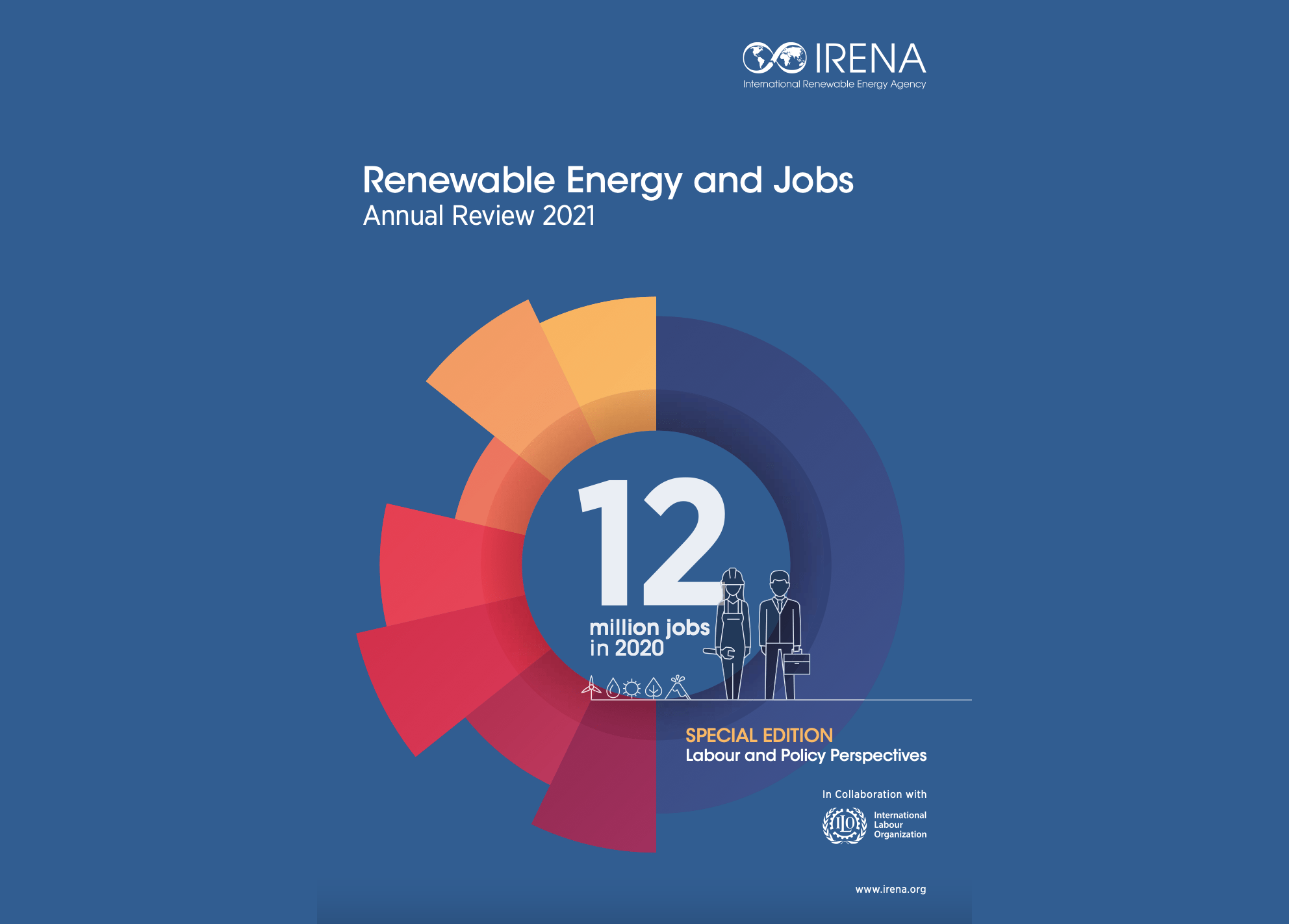Stay up to date with the latest news, announcements, and articles.
In fact, from time immemorial, civilizations have utilized the sun's power to make fire for warmth and cooking; the energy of water and wind have also been harnessed to power storehouses and cultivate farmlands, among other uses.

It was during the industrial revolution of the 18th century that the invention of the steam engine ushered society into a new era. The steam engine, which was the primary driver of the industrial revolution, was powered by coal.
Coal, an abundant source of power drive, supplanted water and other forms of renewable energy as vital sources of power. This heralded a new dependence on fossil fuels for energy usage and consumption.
Over time, our civilization’s dependence on “dirty energy“, which is created by burning fossil fuels (coal, oil, natural gas), has reached an all-time high. This dependence has led to a series of destructive effects on our society and the future of our world.
These effects range from expanding worldwide temperatures, to increasing extreme weather events, and subsequent loss of natural habitats.
To curb this menace, concerted efforts are being made to promote the usage of renewable energy sources to purify our air and protect our environment from the harmful effect of carbon emissions.
As these efforts continue to thrive, we must have an in-depth understanding of the pros and cons of these energy sources powering our civilization for us to utilize them more efficiently.
However, before we discuss the pros and cons, let us briefly expound on the various forms of renewable energy available.
Types of Renewable Energy
- Solar Energy: This utilizes the sun rays for power supply. According to the National Renewable Energy Laboratory, ” more energy from the sun falls on the earth in one hour than is used by everyone in the World in one year”. The potential is immense, and it has been used to power devices, gadgets, and equipment, among other uses.

- Wind Energy: Wind turbines are used to generate electricity through wind energy with the aid of an electric generator. The electricity generated serves numerous functions.
- Hydroelectric Power: This is the largest renewable energy source for electricity in the United States. Hydropower depends on typically fast-moving water and converts the force of that water into electricity by turning the generator’s turbine cutting rims.
Other types of Renewable Energy are :
- Biomass Energy utilizes organic matters for energy generation.
- Geothermal Energy, is generated from heat trapped at the Earth’s core from the slow decay of radioactive particles in rocks.

- Tidal Energy depends on the gravitational pull of the moon and sun alongside the earth’s rotation that creates tides in the Ocean. It is in its developmental phase, but specific tidal energy systems have been proven to generate electricity.
- Nuclear Power is immensely reliable. The “capacity factor measures reliability,” the ratio between a plant’s actual electricity generation and the amount of electricity it could produce if it ran at 100% power with no interruptions. Nuclear power in the U.S. has the highest capacity factor of any electricity source. Nuclear is often described as “baseload” electricity – always up, always running, reliably meeting the electricity demand. For crypto-mining operations requiring constant power, that is a huge benefit.
Pros of Renewable Energy
- Zero Carbon Emissions: The most significant advantage of renewable energy is the zero carbon emission generated during its creation process.
Unlike the nonrenewable energy sources, they do not contribute to global warming and are necessary to purify our energy creation and usage system.
Furthermore, it has been found that coal power plants accounted for 99% of the United States’ electricity-related CO2 emissions, affecting environmental conditions, food and water supplies, weather patterns, and sea levels.
- Job Creation and Economic Benefits: In an Annual report on clean energy employment, the International Energy Agency (IRENA) and the International Labour Organisation (ILO) said there were 12 million jobs in renewable energy and its supply chain last year, a third of them in Solar power.
This is a considerable rise from 11.5million jobs in 2019.
Similarly, unlike fossil fuels technologies which are heavily mechanized, the renewable energy industry is more workers centralized, and more jobs are created throughout the various energy generation and distribution chains.
- Renewable Energy is inexhaustible: The various forms of renewable energy are supplied and replenished by nature.
The peak oil theory identifies oil and its production as a finite resource that will peak at some point and ultimately decline and deplete.
It is projected that we will run out of fossil fuels in this Century. This further emphasizes the ability of renewable energy to meet our endless demand for electricity generation due to its limitless supply.
- Renewable Energy is safer to generate when compared with petroleum derivatives: According to an analysis published in the Journal of the American Medical Association in August 2019, it was shown that:
“On average, extraction activities in the oil and gas industry accounts for more than 100 deaths annually and extraction activities in the coal industry account for more than 30 deaths annually”.
- Renewable Energy boosts Public Health safety: The pollution emitted by burning fossil fuels has been linked with respiratory problems, neurological damage, heart attacks, and cancers, among other numerous health problems.
This is a significant health concern.
Similarly, a Harvard study assessed the lifecycle costs and public health effect of coal to be estimated at $74.6 billion every year, equivalent to 4.36cents per Kilowatts/hour of electricity production – 1/3rd of the average electricity rate for a typical home in the United States.
- Renewable Energy exists in various forms: There is potential for energy diversification through renewable energy.
As highlighted above, various forms of renewable energy exist, and other forms are still being tested for different infrastructural purposes.
This heightens the potential for more incredible energy generation in the future.
- Renewable Energy can increase countries’ economic independence: With an organized structure for renewable energy advancement, nations with no petroleum product assets can lessen their reliance on oil-producing countries.
This will impact the nation’s economy and assist the legislature in lessening oil imports, thereby diminishing the risk of an energy crisis.
- Renewable Energy is less expensive to maintain: In general, the functional expense of renewable energy is altogether not as much as what we see in traditional power stations.
Renewable energy products are more durable and require less maintenance cost.
Cons of Renewable Energy
- Renewable Energy setup cost is High: Manufacturing and installing various renewable energy equipment is relatively expensive.
On a large scale, wind ranches, sun-powered parks, and hydropower stations require significant financial investment and electrical infrastructure. This high cost can result in deferred, adjusted, or even canceled some of these projects.
For example, the Lifetime cost of coal is 9.5cents per kilowatts per hour, hydroelectric power is 5cents per kilowatts per hour, while offshore wind energy is 15.8 cents per kilowatts per hour.

Luckily, in recent times, there has been a gradual reduction in the cost of renewable energy sources such as solar panels and wind turbines due to economic improvement, improved manufacturing efficiency, and the broader acceptance of renewable energy certificates.
Furthermore, the cost of wasted energy (flared gas) which has an enormous electricity generation potential is super low.
- Renewable Energy can be unpredictable: The forces that supply renewable energy are not available round the clock due to their strong dependence on weather conditions.
Solar panels lose efficiency on stormy days, wind turbines do not function optimally in quiet climates, and hydropower infrastructures require steady snow and precipitation to continue production.
Furthermore, the randomness of wind and solar generation essentially causes an unreliable frequency and voltage production. The power inverters expected to correct the system fluctuations have proven unstable in effectively doing this.
- Renewable Energy is challenging to conserve: As highlighted above, renewable energy sources are affected by weather conditions.
Hence, there has to be a storage system to store and release electricity in a controlled and coordinated manner. The use of utility-scale batteries has gained wider acceptance. However, it is expensive to set up, and concerns still exist about its reliability and lifespan.
- Renewable Energy installation takes a lot of space: According to research carried out by environmental scientists Paul Behren and John Van Zalk, it was discovered that ” solar and wind power needs about 40-50 times more space than coal and 90-100 times more space than natural gas”.
This large space requirement poses a considerable challenge for many energy production companies and industries.
- Renewable Energy leaves Carbon impressions: Although solar panels and wind emissions produce no fossil fuel by-products as they make energy, their assembly, transport, and establishment make a carbon impression.
Their components are made in huge manufacturing plants that consume high electricity measures, notwithstanding the diesel and fuel vehicles required for their transportation.
Nonetheless, renewable energy has an energy payback period, and with the increased production of their energy-powered equipment, electric vehicles will be more common, and this will increase the percentage of clean energy in the grid.
Conclusion
In the Blockchain industry, energy consumption is a serious concern. The competitiveness of bitcoin mining which uses the proof of work model has led to miners investing in high-grade PC frameworks to mine more proficiently.
As a result, there is a rise in energy consumption and electricity cost due to cryptocurrency mining. Bitcoin currently uses 110TW hrs per year which equals the energy draw of countries like Argentina and Sweden.
Non-renewable energy sources power a large percentage of this electricity generated. This heavy burden led to the crypto climate accord, which outlines the need for decarbonization in the crypto industry.
EZ Blockchain provides a solution.
EZ Blockchain is an innovative organization on a journey to tackle worldwide waste energy issues with the assistance of crypto mining. We believe that this is feasible through the essential execution of our inventive and progressive arrangements.
Our mission is to breach the gap between the energy sector and the blockchain ecosystem.
We utilize waste energy to solve the considerable environmental and economic problems associated with gas flaring, and we also provide solar and wind crypto mining services.
This solution is eco-friendly, affordable, and beneficial for all. Look here more about bitcoin mining with flare gas.
Fill out a form and our bitcoin mining expert will contact you.
FREE CONSULTATIONchoose
a miner
profit and
understand data?
business remotely
with EZ Blockchain?
Fill out a form and our bitcoin mining expert will contact you.












